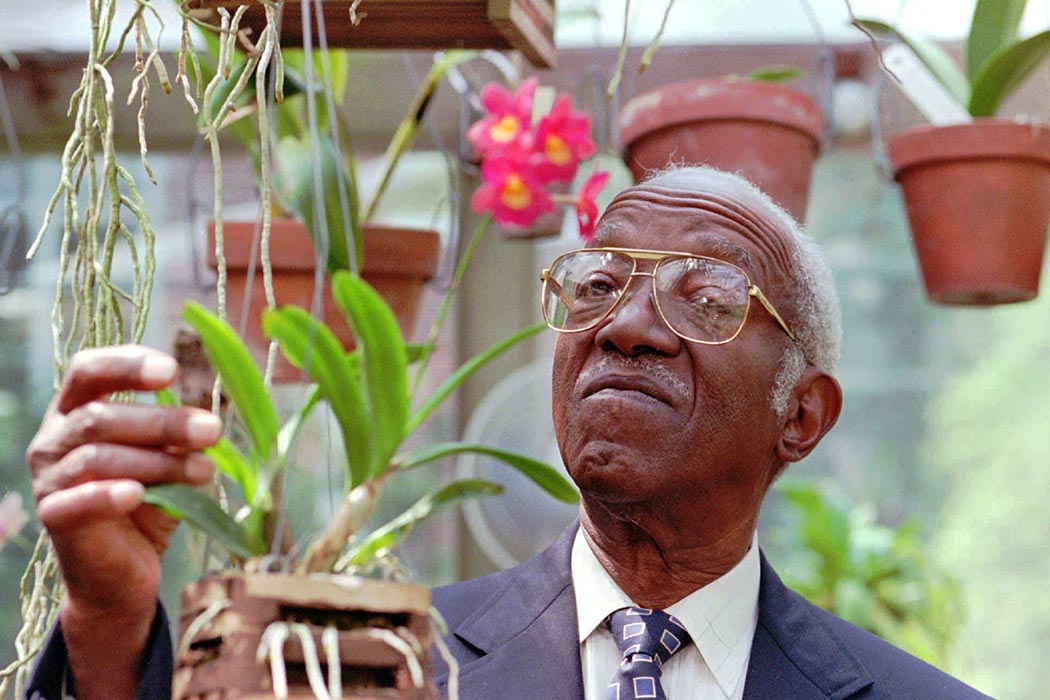This year marks the centenary of the birth of the historian John Hope Franklin. His accomplishments were many and varied, including holding the presidencies of the American Historical Association, the Southern Historical Association, and the Organization of American Historians.
He was perhaps most instrumental in changing the historiography of the African-American experience in the U.S. His From Slavery to Freedom, first published in 1947, is still in print and has gone through nine editions. In this and other works, Franklin helped to change the way we think about slavery and Reconstruction.
Franklin’s grandfather was a slave. His father was a self-taught lawyer who was best known for defending the survivors of the 1921 Tulsa race riot. This shocking event saw the “Black Wall Street” neighborhood of Greenwood, considered the wealthiest Black community in the U.S., razed by white rioters, who burned 35 blocks of businesses and residences, displacing 10,000 people and killing up to 300. The Encyclopedia of Oklahoma calls it the worst race riot in American history. Franklin’s father also fought the city ordinance that effectively barred black Tulsans from rebuilding; his suit would eventually win in the state Supreme Court.
John Hope Franklin was six years old when Greenwood was burned; he and his mother and sister were actually en route to Greenwood when a telegram warned them of the unrest. Franklin was thus intimate throughout his life with what he called, in this essay originally published in 1965, the “two worlds of race in modern America.” Barred from admission to the University of Oklahoma, Franklin went to Fisk and then onto Harvard for graduate work, where he was one of only a handful of black people on campus. He joined the history faculty of Brooklyn College in 1956 as the only African-American.
At the age of 11, Franklin heard W.E.B. Dubois give a lecture; the two later became friends and collaborators. Franklin updated Dubois’s 1903 prediction, “the problem of the Twentieth Century is the problem of the color-line,” by saying that race would also be America’s greatest problem in the 21st century.
As a historian, Franklin struggled with the contradictions in the American dream of liberty and the fact of human bondage and its long tail of repercussions. In the Daedalus essay provided above, he lets the record phrase it succinctly, quoting Abigail Adams in 1774: “It always appeared a most iniquitous scheme to me to fight ourselves for what we are daily robbing and plundering from those who have as good a right to freedom as we have.”







